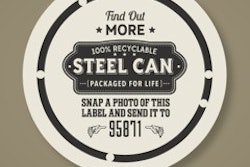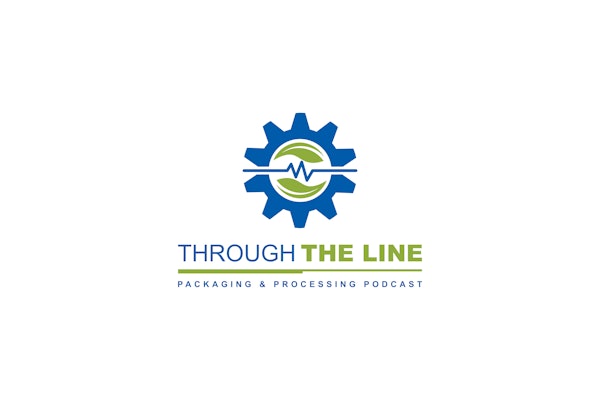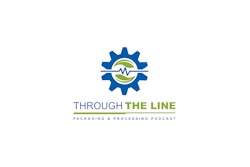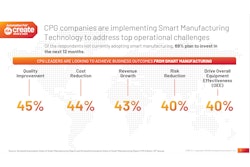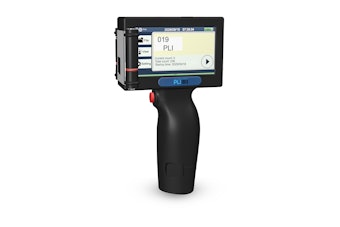It’s easy for companies to waver in their commitment to innovation in lean economic times by scaling back resources, downsizing departments, and red-lighting projects. But these short-term cuts can—and usually will—hurt companies in the long term. Packaging improvements that hit the market today can take two or three years to reveal their profitability and unleash the power of a new or a newly differentiated product.
Here are some tips to help jump-start—or rejuvenate—your leadership in managing a new package innovation.
1. Break down walls. You don’t need X-ray spectacles to see that information shouldn’t be hidden behind departmental barriers or organizational “walls.” It’s important to share consumer insights with all personnel and teams that can drive improvements in packaging platforms and formats. Here are a few ideas to make it happen.
2. Work hard to work together. It’s especially critical to ensure that marketing and technical teams work together to prevent tensions from arising. Engineers and technical R&D professionals may suspect that marketing doesn’t understand what is or isn’t possible, while marketing pros may feel that tech teams are stuck in the proverbial mud.
3. Define the common goal. The key is for all departments to understand that each has a role to play in packaging improvements, and that everyone has the same end-goal. Packaging innovation design doesn’t happen in a vacuum.
4. Empower engineers. Packaging engineers can get bogged down in day-to-day details. Don’t be afraid to empower engineers and make available to them packaging-specific data to drive to the right solution. It’s more than just using packaging to drive a solution. Consumer behaviors, wants, and needs influence the solution. But engineers need the data to justify the solutions they offer.
5. Plan for the good and the bad. Planning ahead affords organizational agility. To meet the changing needs of the marketplace, companies must remain flexible—from the business processes to packaging line designs and layouts.
6. Anticipate the future, systematically. Innovators don’t rely on the retailer to tell them what consumers want. They continually research new package ideas to meet present and future needs. To meet the future, innovators maintain a continuous, sustainable pipeline of innovation, planning two, three, four, or more years out. Leading innovators also maintain multiple teams working on different timelines. So, as one team works on plans for the coming year, another works on plans further in the future.
7. Be a true believer. Leading packaging professionals believe that innovative packaging is good for the company as well as society at large, and want to deliver quality goods to consumers that retain their integrity, shelf life, or other characteristics. They take it upon themselves to identify opportunities by researching the marketplace for growth opportunities. This is a practice for packaging R&D groups, not just top management.
8. Retain educated leaders. The best packaging R&D groups include leaders who are experienced and educated specifically in packaging. Packaging leaders should be packaging leaders, not merely managers who see it as a stepping-stone to higher posts in the organization.
9. Roll up your sleeves. Even managers should have the experience and capability to execute in order to lead a packaging project from concept to market, to work with engineering, manufacturing, and external material and machinery suppliers.
10. Measure to improve. Measure brand performance with consumers. If expectations trend downward in one or more measured areas, consider how you might revitalize interest, possibly through new packaging ideas. Package innovation is a team sport in a game that never ends. Take your eye off the ball (or consumer) for a moment, and a competitor can pass you by.





